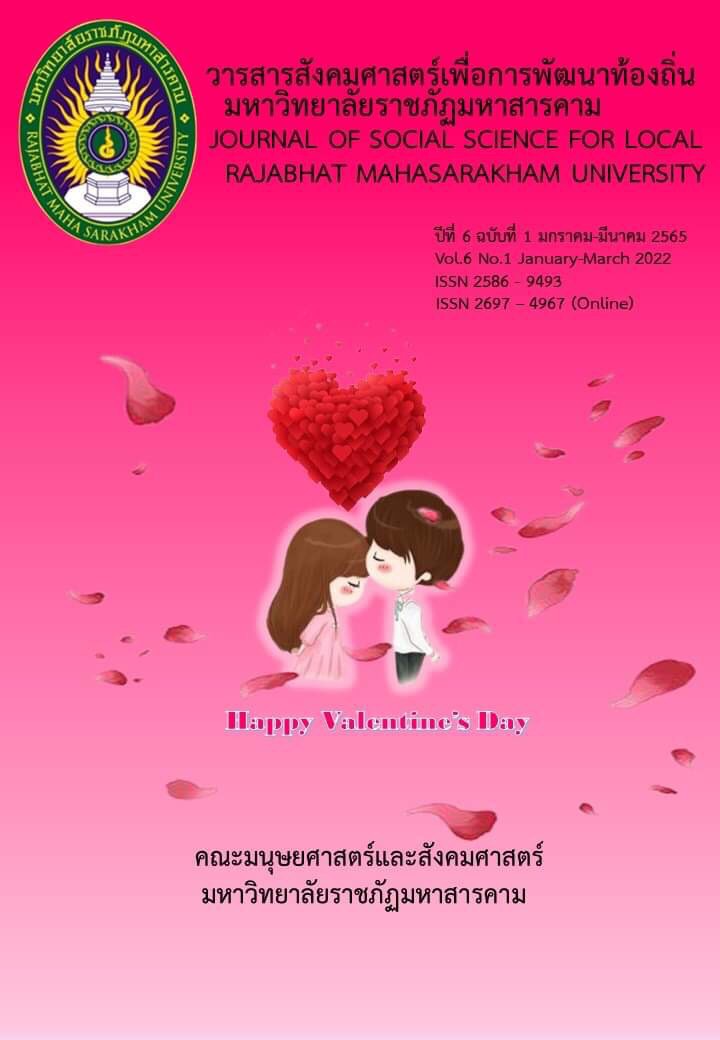Impacts of International HRM Practice upon Water Resource and Hydropower Company Performance Analyzed with Talent Management Practice and Organizational Learning Capabilities.
คำสำคัญ:
International HRM Practice, TM Practice Mediating Effect, OLC Moderating Effectบทคัดย่อ
This paper determines impacts of International HRM practice (IHRMP) on water resource and hydropower company performance (WHCP), usingTalent Management Practice (TMP) and Organizational Learning Capabilities (OLC) as the frameworks. TMP mediators and OLC moderators were also examined to findany effects on either IHRMP or WHCP, or both. Data collection consisted of 400 samples and a focus group of 25 companies responsible for water resource and hydropower in Lao PDR. The questionnaire related to the dimensions of IHRMP, TMP, OLC and WHCP was developed in forms of both paper and Google form. The respondents’ feedback was tested the validity and reliability, where the factor, correlation, and regression were used in analysis in the SPSS program. The results showed that the relationship between IHRMP provided a positive significant relationship to TMP and WHCP, respectively. TMP can mediate the relationship between IHRMP and WHCP, confirming by the coefficient of indirect effect higher than that of direct effect. OLC moderators did not influence the relationship variation between TMP and WHCP as the interaction between TMP and OLC provided a significance level of more than 0.05. HRM/TM practice would be able to transform HR into human capital as well as talent people and the adaptation of IHRMP, and TMP would help increase the effectiveness of water resource and hydropower company for water management and electricity generation for consumers during both wet and dry season. It was further recommended that another analysis like structural quation modelling (SEM) simulated on AMOS and the calculations of validity, reliability, factor, correlation, and regression using relevant equations should be compared with SPSS simulation for effectively and efficiently provingthe research findings of this study.



